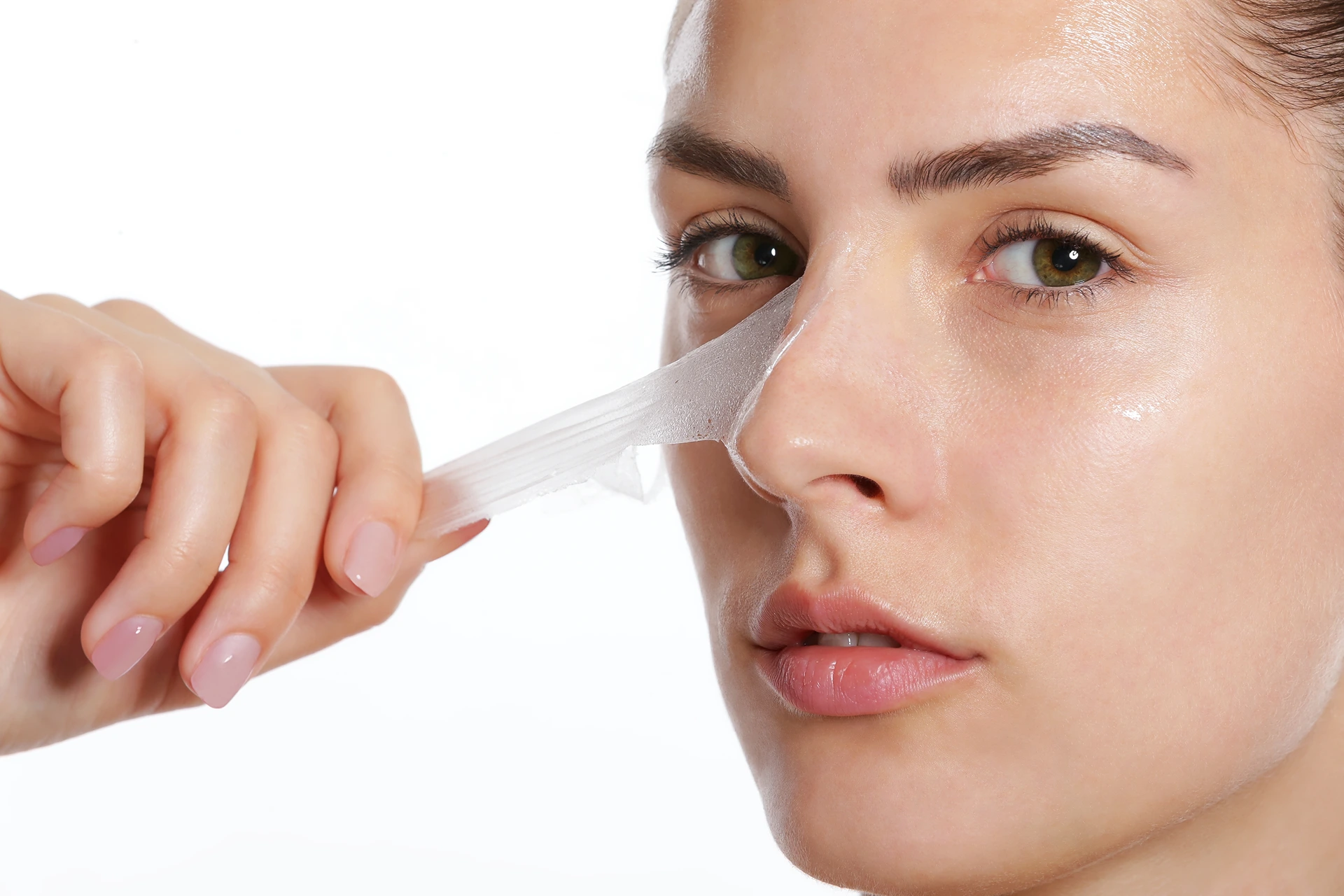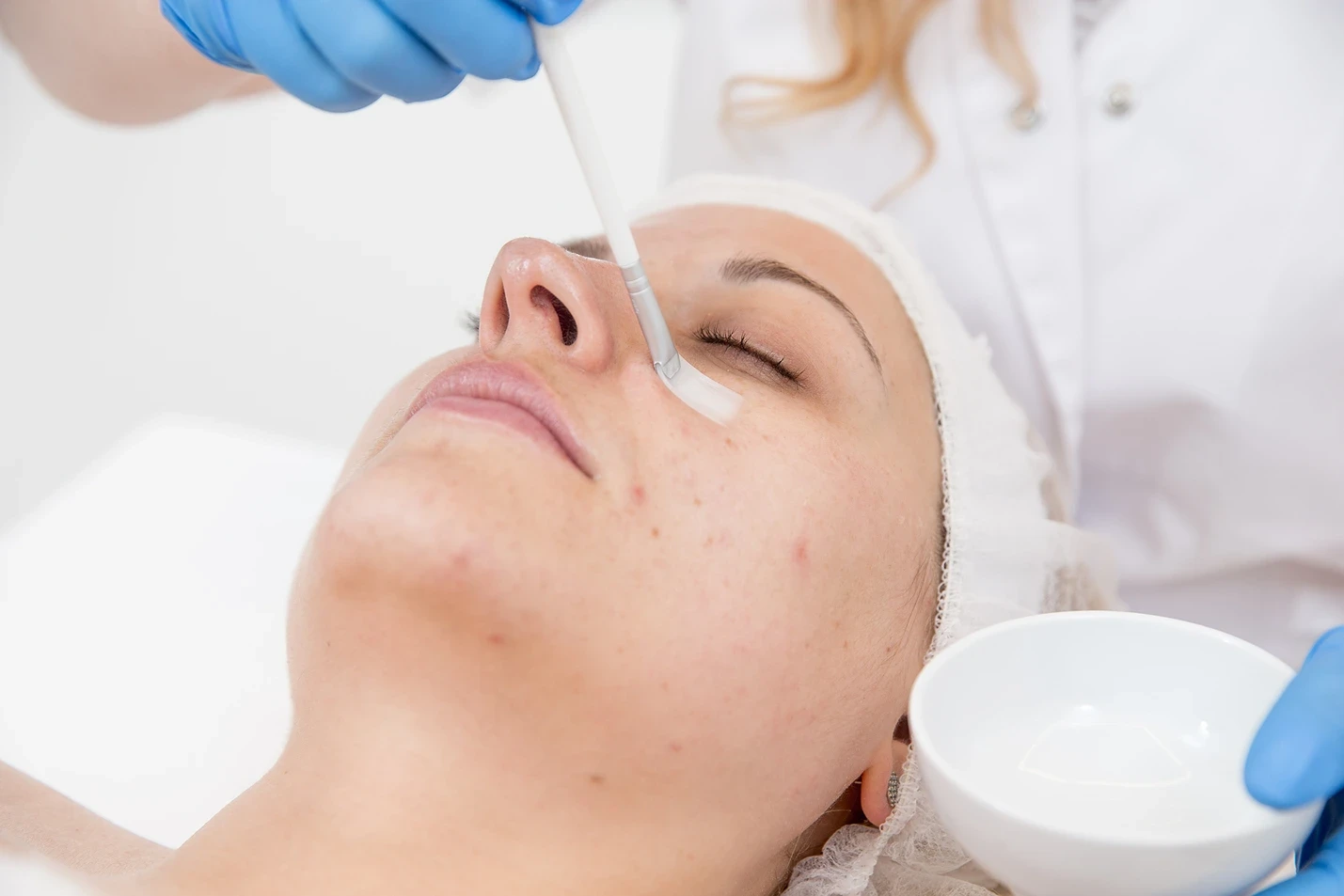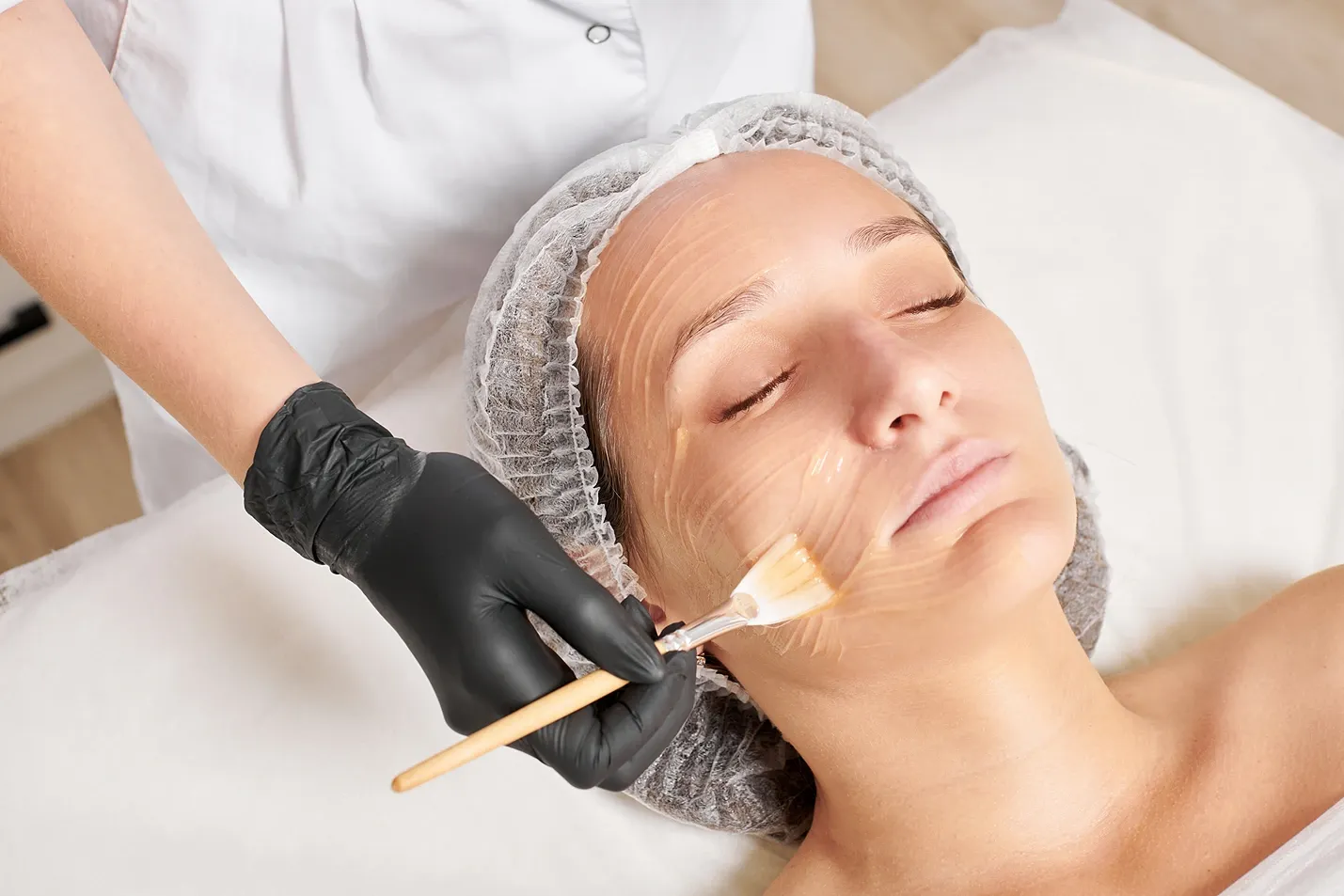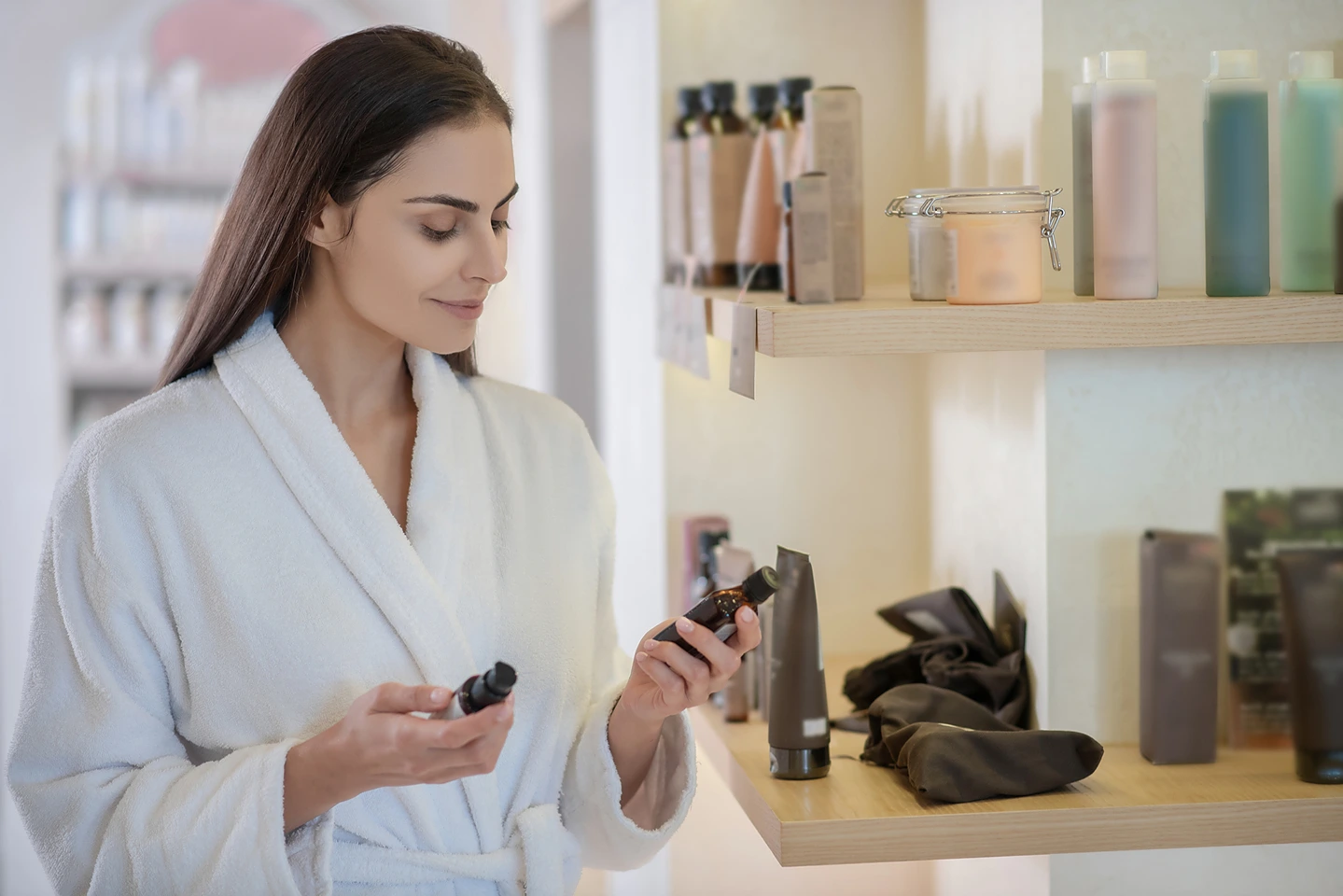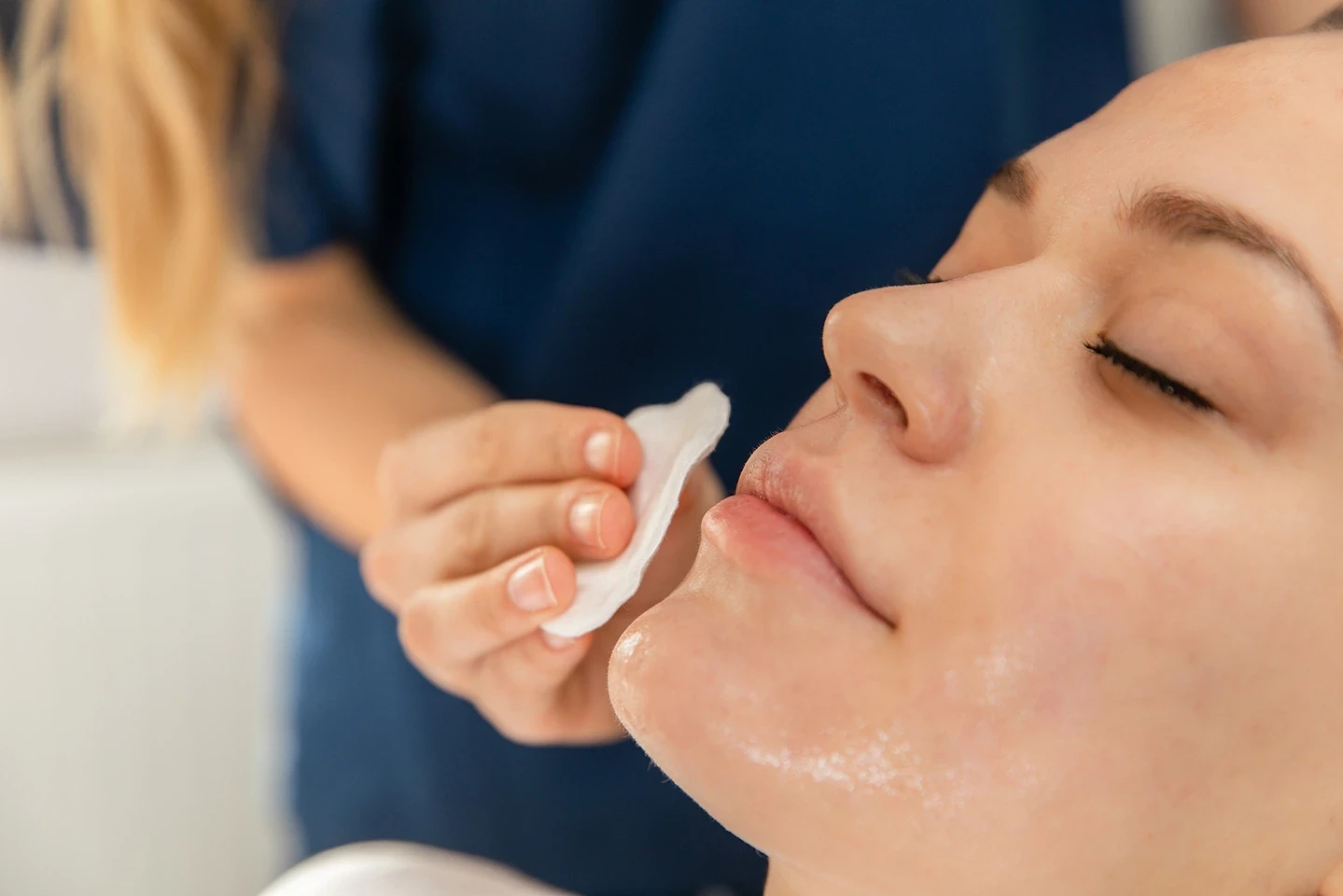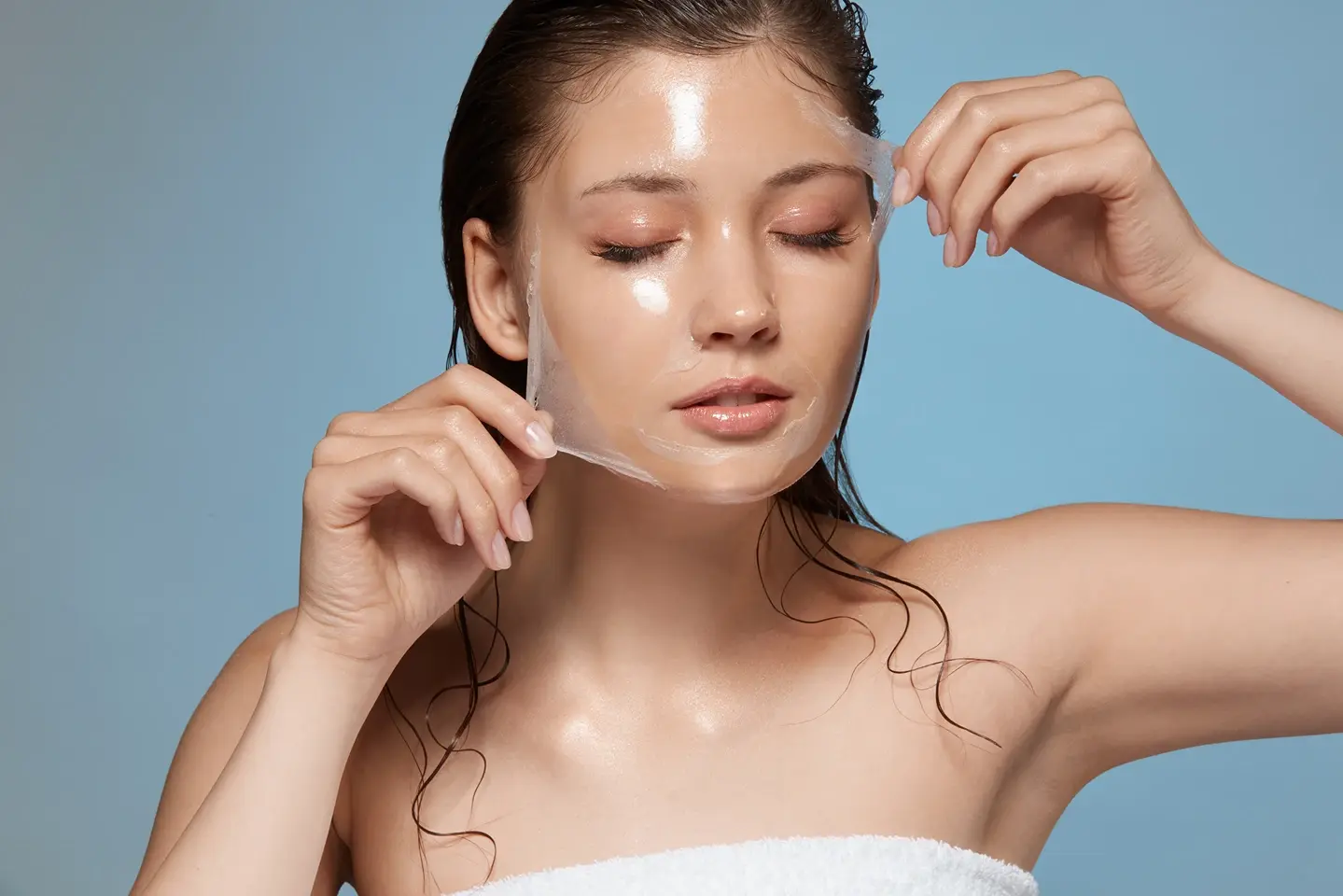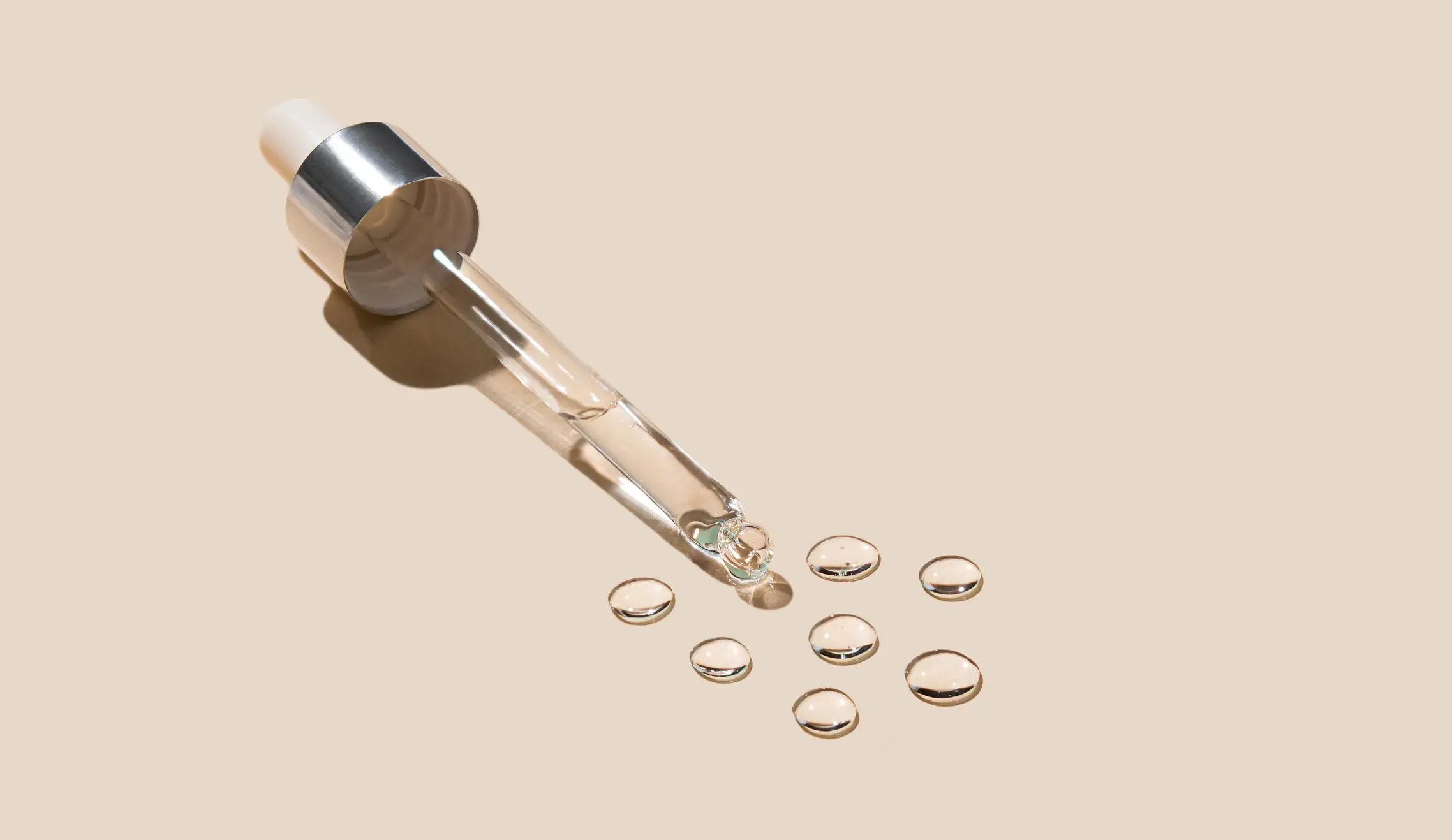Healing Timeline and Aftercare Essentials

Undergoing a chemical peel can lead to transformative results, revealing fresh, smooth, youthful-looking skin. But the days following the procedure require patience and proper aftercare as your skin recovers. What does the healing process look like and how can you optimize results?
In this comprehensive guide, we cover everything you need to know about recovering from a chemical peel, from what to expect each day to how to care for your skin during the healing period.
Read on for a detailed look at the chemical peel recovery timeline and tips to help you achieve beautiful, radiant skin.
An Overview of Chemical Peels
A chemical peel is a skin resurfacing procedure that uses a chemical solution to improve the texture and appearance of the skin. During a chemical peel, a chemical solution is applied to the skin which causes the top layers to peel off over the next few days. This allows new smoother skin to emerge.
Chemical peels can be used to treat various skin concerns. The strength of the chemical solution determines how deep the peel penetrates. Deeper peels lead to more dramatic results but also require more downtime for healing.
Some common reasons chemical peels are performed include:
- Reducing the appearance of fine lines, wrinkles and age spots
- Improving uneven skin tone and texture
- Minimizing acne scars
- Lightening dark spots caused by sun exposure or melasma
- Smoothing rough, scaly skin and reducing enlarged pores
- Treating rosacea, solar lentigines and seborrheic keratosis
Types of Chemical Peels
There are generally three main types of chemical peels based on the depth of penetration into the skin:
1. Superficial Peels
Superficial peels treat the outermost layer of the skin called the epidermis. Alpha hydroxy acids (AHAs) like glycolic acid and beta hydroxy acids (BHAs) like salicylic acid are commonly used in superficial peels. These peels are milder and help improve skin texture, reduce fine lines, and treat acne.
2. Medium Peels
Medium peels penetrate deeper than superficial peels, treating into the upper dermis layer of skin. Trichloroacetic acid (TCA) is often used in medium peels. In addition to treating fine lines and texture, medium peels can improve discoloration and sun damage.
3. Deep Peels
Considered the strongest type, deep peels treat into the papillary and reticular dermis layers of the skin. Phenol is a common agent used in deep peels to treat severe acne scarring, deep wrinkles, and skin damage. Deep peels carry higher risks and have a longer recovery time compared to more superficial peels.
What Does the Chemical Peel Process Involve?
The chemical peel process consists of several steps which your medspa aesthetician will walk you through:
1. Skin Assessment
The type of chemical peel you receive will depend on your skin goals, skin type, degree of sun damage, acne, or wrinkling. Your provider will evaluate your skin to determine the best peel solution and depth.
2. Skin Preparation
The treatment area is thoroughly cleaned and any creams, oils or makeup are removed. For stronger peels, a gel may be applied to protect more sensitive areas like around the mouth or eyes.
3. Application of Chemical Solution
The clinician applies the peel solution in a thin layer across the skin. Common solutions used include alpha-hydroxy acids (AHAs), beta-hydroxy acids (BHAs), trichloroacetic acid (TCA) or phenol.
4. Setting Time
The peel solution is left on for a set amount of time depending on the strength of acid used. This allows it to penetrate the outer layers of skin at the desired depth. You may feel a hot or stinging sensation.
5. Neutralization
After the peel solution has set, your provider will apply water, alcohol, or neutralizing sodium bicarbonate to stop the acid from penetrating any deeper. This also reduces discomfort.
6. Healing Period
Over the next 1 to 4 weeks, the damaged outer layers of skin will peel off, stimulating new collagen growth and revealing younger-looking skin. Appropriate aftercare speeds healing.
For maximum improvements, several peels spaced a few weeks apart may be recommended. Your provider will advise on the ideal treatment plan for you based on your goals.
What Does Chemical Peel Recovery Look Like Day by Day?
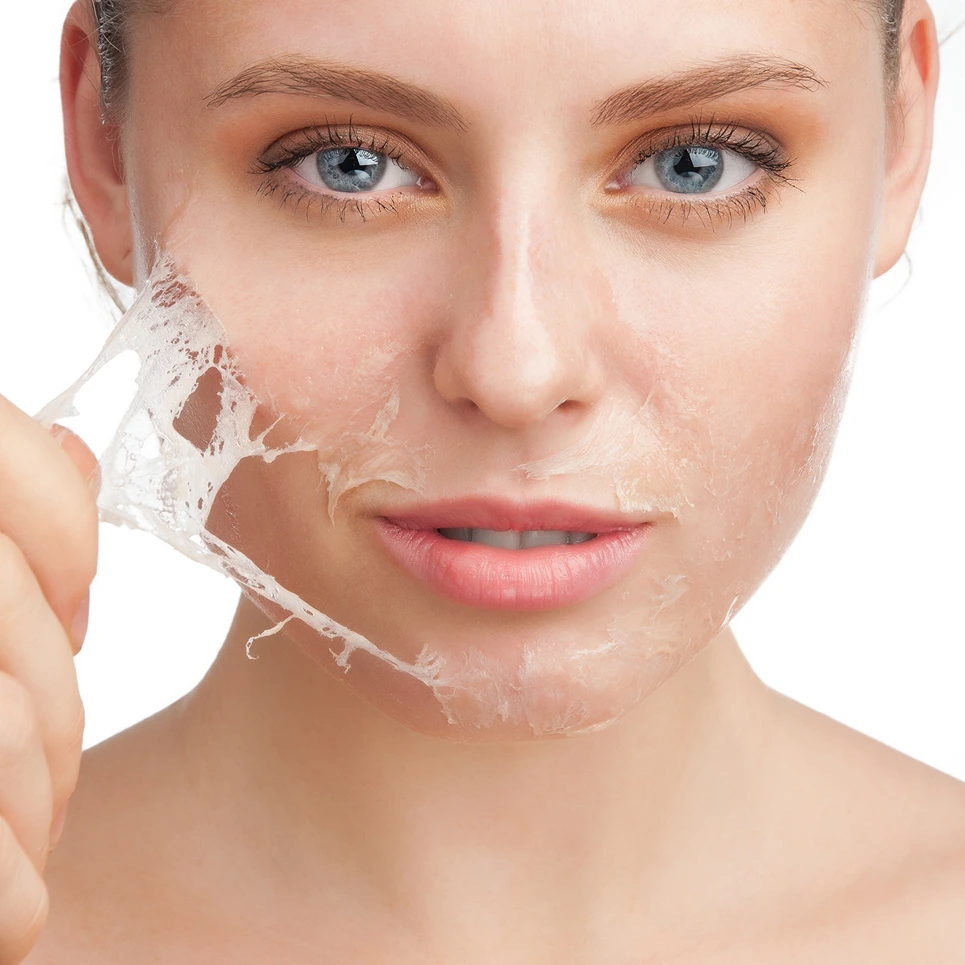
Chemical peel recovery varies based on the type and depth of peel. Light peels have the shortest recovery time of around 1 week while deeper peels require longer healing of 2 to 4 weeks. Here is a general timeline of the skin’s recovery process in the days following a chemical peel:
Days 1-2: Skin is Swollen and Sensitive
Expect the skin to look red, feel tight, and potentially sting or burn during the first couple days after a chemical peel. Swelling is also common. The treated area may be extremely sensitive so be very gentle when cleansing or applying products. Use cool compresses to help soothe irritation.
Days 3-5: Peeling Begins
This is when lifting of the damaged, treated skin starts to occur. The peeling process is similar to that of a sunburn, with skin flaking off in sheets rather than individual flakes. The peeling skin may appear darker than normal skin tones. While it looks dramatic, this is a normal part of the healing process. Resist picking at the peeling skin so you don’t risk scarring.
Days 5-7: Peeling Increases
Expect to see an increase in peeling and flaking during this time. The new skin underneath will look shiny and pink or red. Some swelling may still occur. Use a gentle cleanser and keep skin moisturized.
Days 7-10: Peeling Tapers Off
Most of the peeling and flaking should taper off around days 7-10. The skin may still look pink or slightly red but will start feeling smoother to the touch. Continue gently cleansing and moisturizing frequently throughout the day.
Days 10-14: Redness and Sensitivity Fading
For most patients, visible redness will continue to fade during this time frame. The skin’s appearance, texture, and sensitivity will show noticeable improvement. Avoid direct sun exposure which could darken any lingering redness.
1-2 Months: Continued Healing
It can take up to 2 months for all redness to completely resolve after a chemical peel, especially with medium or deep peels. Sun avoidance and skin-soothing products are vital during this time. It takes a full skin cycle of 28 days for new, regenerated skin to completely form after a peel.
What is the Typical Chemical Peel Recovery Time?
The overall recovery time depends on the type of chemical peel:
- Light chemical peel: 1 to 7 days
- Medium chemical peel: 7 to 14 days
- Deep chemical peel: 14 to 28 days
On average, light peels take around 3 to 5 days for the skin to recover. Medium peels take about 7 to 14 days. Deep peels require around 2 to 4 weeks of healing based on the strength of the acid solution used.
Patients can usually see positive changes in their skin’s tone, texture, and radiance within the first week after a chemical peel treatment. However, the full effects will take 1 to 2 months to be visible as swelling and redness continue to resolve. Talk to your clinician about what to expect for your particular peel.
Caring for Skin During Chemical Peel Recovery
Proper aftercare is vital for speeding up the healing process after a chemical peel while minimizing side effects like scarring or infection. Here are some tips for optimal recovery:
| Tip | |
| 1 | Use a gentle cleanser like Cetaphil and avoid scrubbing. |
| 2 | Apply a hydrating, fragrance-free moisturizer frequently. |
| 3 | Use cool water when cleansing and take cool showers if needed. |
| 4 | Avoid direct sunlight and wear SPF 30+ daily. |
| 5 | Don’t pick at peeling skin to prevent scarring. |
| 6 | Stay hydrated and eat nutrient-rich foods to aid healing. |
| 7 | Take over-the-counter pain medication as needed for discomfort. |
| 8 | Use aloe vera gel or cool compresses to soothe irritation and redness. |
| 9 | Avoid exercise, sweating, swimming or hot tubs during the peeling stage. |
| 10 | Stay out of saunas, steam rooms or anything that could increase heat. |
| 11 | Don’t have facials, microdermabrasion, lasers or other skin treatments until healed. |
| 12 | Follow your clinician’s specific post-peel skin care instructions. |
| 13 | Call your provider if you have severe pain, drainage, swelling or fever. |
Your medspa will provide detailed guidelines on caring for your skin during each phase of the recovery process. Closely following proper aftercare routines minimizes risks and supports optimal results.
Achieve Radiant, Youthful Skin with CosMedic LaserMD

Chemical peels stimulate collagen production and exfoliate away impurities, pigmentation, acne and wrinkles to reveal your most vibrant complexion. Although the recovery period requires some downtime, the long-term effects are well worth it.
At CosMedic LaserMD, Dr. Deepa Macha provides physician-grade chemical peels customized to your unique skin needs and goals. Her comforting, anxiety-free medspa environment helps patients relax during treatments.
With Dr. Macha’s expertise guiding your aesthetic plan, you can expect natural-looking, transformative outcomes from your chemical peel. Contact CosMedic LaserMD today to schedule your skin assessment.
Discover how a rejuvenating chemical peel can uncover your inner radiance.
You may also call us at (734) 249- 8722 to set an appointment.

